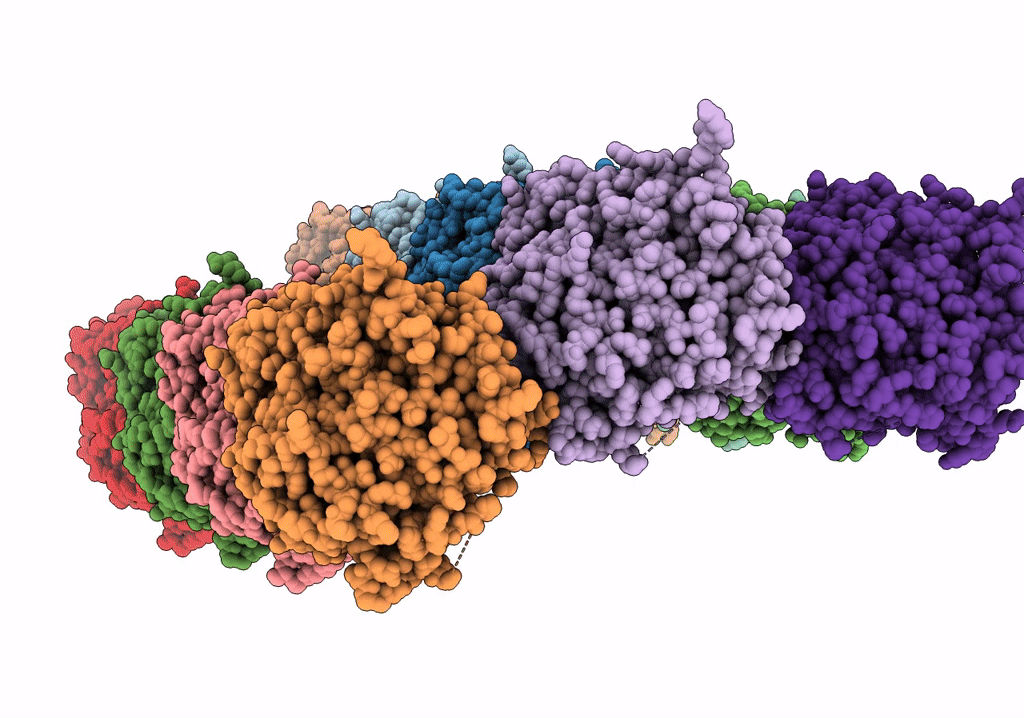
Deposition Date
2021-10-16
Release Date
2022-01-19
Last Version Date
2024-06-05
Entry Detail
PDB ID:
7SJ7
Keywords:
Title:
Undecorated 13pf wildtype microtubule from recombinant human tubulin
Biological Source:
Source Organism:
Homo sapiens (Taxon ID: 9606)
Host Organism:
Method Details:
Experimental Method:
Resolution:
3.80 Å
Aggregation State:
HELICAL ARRAY
Reconstruction Method:
HELICAL


